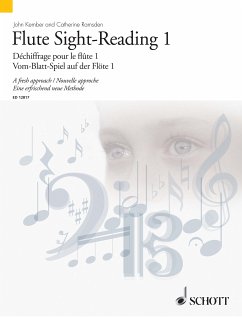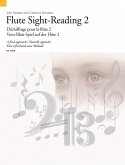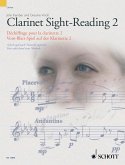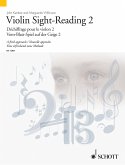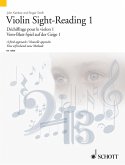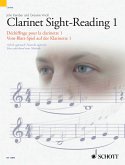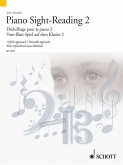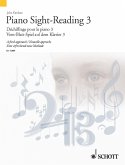Flute Sight-Reading 1 aims to establish good practice and provide an early introduction to the essential skill of sight-reading. Sight-reading in some form should become a regular part of a student's routine each time they get out the flute, and this book aims to establish the habit early in a student's learning process. There are 8 sections, which in a logical sequence gradually introduce new notes, rhythms, articulations, dynamics and Italian terms - much as you would find in a beginner's flute method. The emphasis is on providing idiomatic tunes and structures rather than sterile sight-reading exercises. Each section contains several solo examples, beginning with only three notes, and concludes with duets and accompanied pieces, allowing the student to gain experience of sight-reading within the context of ensemble playing.
Dieser Download kann aus rechtlichen Gründen nur mit Rechnungsadresse in A, B, BG, CY, CZ, D, DK, EW, E, FIN, F, GR, H, IRL, I, LT, L, LR, M, NL, PL, P, R, S, SLO, SK ausgeliefert werden.

